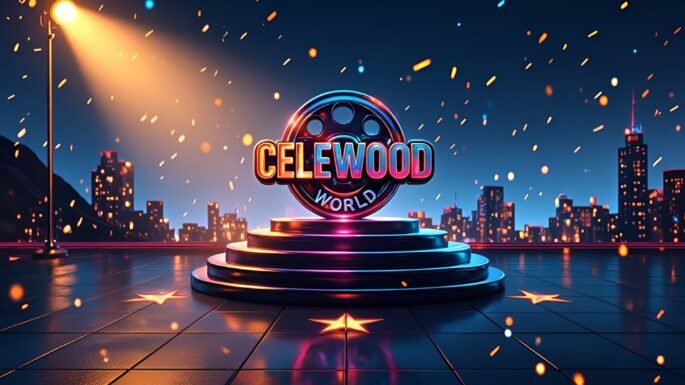Article –
On April 23, 2024, Sony Interactive Entertainment and Microsoft announced a landmark strategic partnership aimed at revolutionizing cloud gaming and content distribution within the Hollywood entertainment industry. This collaboration was unveiled at a joint press event held in Los Angeles and Redmond, Washington, featuring key executives like Sony’s CEO Kenichiro Yoshida and Microsoft’s CEO Satya Nadella.
Background of the Partnership
Both Sony and Microsoft have been dominant competitors in the video game market for over a decade, with their PlayStation and Xbox platforms pushing innovation in hardware, exclusive titles, and online services. The recent surge toward cloud gaming — streaming games directly to devices without high-end hardware — has set the stage for intensified competition but also exposed challenges related to technical infrastructure and server capacity.
Sony’s PlayStation Now and Microsoft’s Xbox Cloud Gaming (integrated into Xbox Game Pass Ultimate) are at the forefront of cloud gaming. Meanwhile, Hollywood studios have increasingly integrated video game content to blend interactive entertainment with film and television storytelling.
Significance for Hollywood
This unprecedented collaboration links two historical rivals to create a unified cloud gaming platform that utilizes:
- Microsoft’s Azure cloud infrastructure
- Sony’s extensive content library and gaming technology
Benefits expected include higher-quality streaming, reduced latency, and a broader selection of games and interactive experiences for consumers.
Beyond technology, the partnership may shift Hollywood’s digital entertainment strategy by fostering stronger collaborations among game developers, studios, and content creators. This synergy is likely to accelerate transmedia storytelling projects and emphasize interactive extensions for blockbuster franchises alongside traditional film releases.
The deal could also impact box office and streaming economics by lowering barriers to accessing game-related content, thus increasing audience engagement and boosting intellectual property value and related revenue streams. It might influence other studios and tech companies to reassess their cloud and digital strategies, potentially reshaping Hollywood’s entertainment technology landscape.
Reactions from Stakeholders
Industry analysts praised the complementary strengths of Sony and Microsoft. One analyst commented, “This partnership leverages Microsoft’s industry-leading cloud infrastructure and Sony’s content mastery, creating a unique value proposition that neither could achieve alone.”
Sony emphasized the agreement’s potential to accelerate innovation and accessibility, with a spokesperson stating, “Together with Microsoft, we aim to break down barriers and elevate the gaming experience worldwide.”
Microsoft’s leadership framed the deal as a major step for both technology and creativity. Satya Nadella noted, “Uniting our cloud capabilities with Sony’s creativity and rich content offers exciting possibilities for the future of interactive entertainment.”
Fan communities expressed cautious optimism on social media, welcoming improved streaming but remaining watchful about content exclusivity and pricing changes.
Future Plans
The companies plan immediate action including:
- Technical integration phases
- Cross-platform content sharing pilots
- Joint marketing campaigns throughout 2024
Co-developed cloud gaming titles are expected by early 2025, aimed at showcasing the platform’s capabilities and attracting broad audiences. Furthermore, discussions with major Hollywood studios are in progress to expand the ecosystem via hybrid interactive narratives blending film, television, and gaming.
Industry watchers will monitor regulatory reviews due to potential antitrust concerns given the scale of this collaboration. Both companies have committed to compliance with fair competition principles.
In summary, the Sony-Microsoft partnership represents a major evolution in Hollywood’s entertainment and technology sectors, with the potential to reshape content delivery, audience engagement, and the integration of gaming and traditional storytelling.

